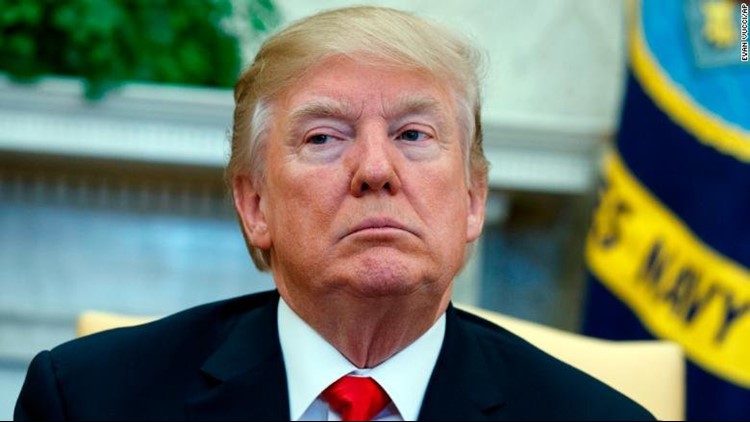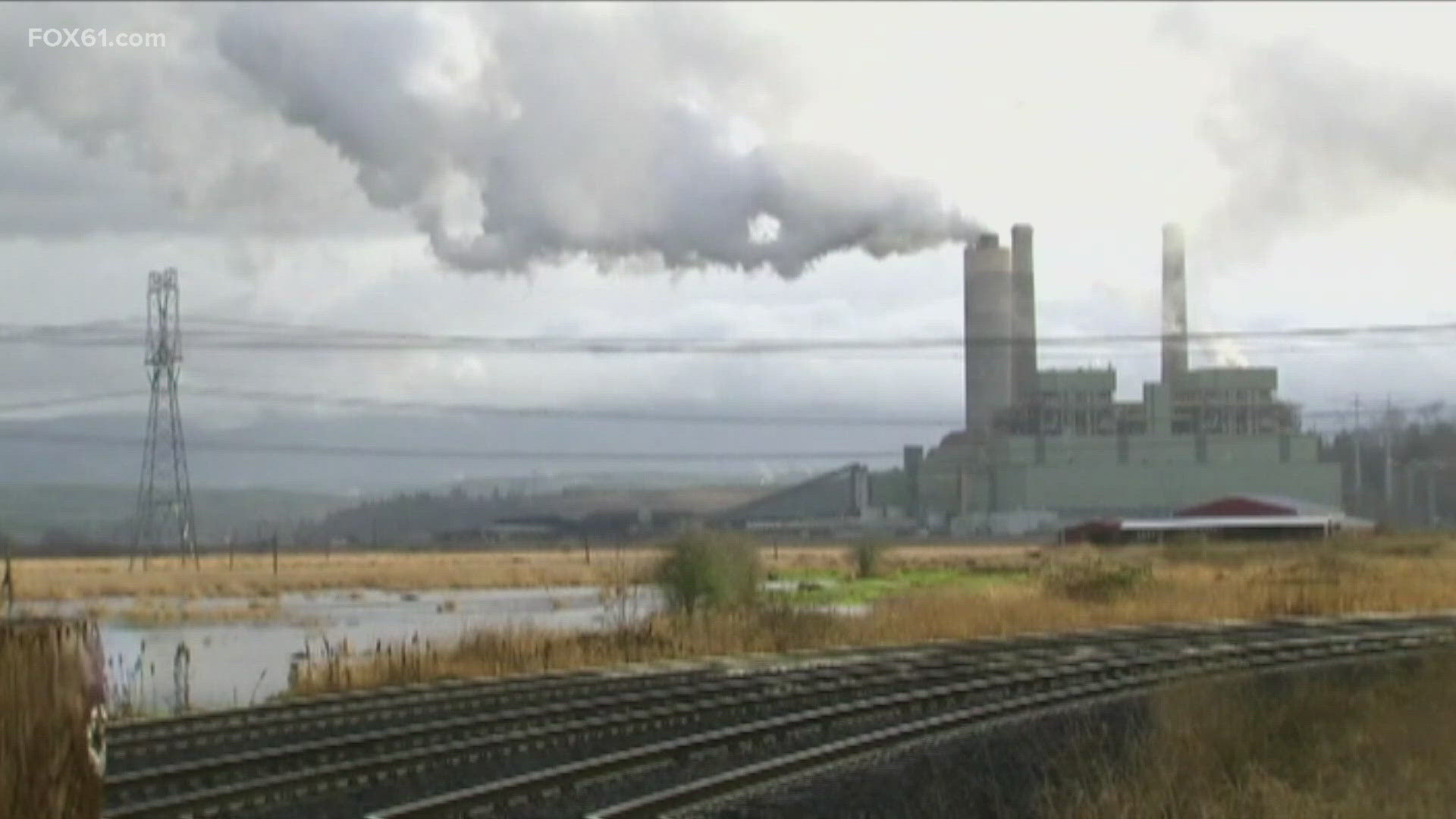WASHINGTON DC — Budgets released by presidents, unlike those negotiated by Congress, are more like political fan fiction than modestly crafted, passable agendas.
President Donald Trump’s budget takes this art form to another level — really, to another universe. Some of the issues and questions stem from the surprise budget resolution last week in Congress, which delivered more money but — so far — no clear plan for precisely how it would be spent.
All the same, budget wonks’ heads are spinning as they try to parse the dense document for political messages and accounting quirks.
In Trump’s fiscal year 2019 budget plan, released Monday, numbers typically highlighted upfront are shuffled or stuffed away into back sections. The changes from Friday’s bargain in Congress were baked in as an afterthought to the core document, creating even steeper, more implausible cuts. Many of the underlying economic assumptions arrive at odds with past Congressional Budget Office reports and the analysis of nonpartisan outsiders.
Some of this is just a result of the erratic relationship between the White House and Congress. Planning a budget from the executive branch is complicated; it’s nigh on impossible when legislators throw an eleventh-hour spending pact at you. Despite it all, the budget plan remains a crucially informative and important document — an annual view into the President’s priorities and goals.
“The executive budget has always been a messaging document,” Mick Mulvaney, the director of the Office of Management and Budget, said Monday. “What are the messages this year? There’s two primary messages. Number one: You don’t have to spend all of this money, Congress, but if you do, here’s how we would prefer to see you spend it. … And the other message is that we do not have to have trillion dollar deficits forever.”
Here are some of the things to be on the lookout for when interpreting Trump’s budget — and his message.
1. It assumes Friday’s budget agreement can be wished away
In its defense, the administration acknowledges that it had to make last-minute changes to its budget in light of the Friday agreement, which funds the government through 2019 at higher levels of discretionary spending. The issue is, Trump’s budget doesn’t change any of its assumptions for the period after 2019, creating a series of fiscal crises.
“Given the current fiscal situation, the administration is not proposing a budget at the new non-defense caps,” reads an addendum letter to the budget, written by Mulvaney. Instead, the budget creates a new non-defense spending baseline, slightly lower than the amount Congress authorized Friday.
Trump’s budget doesn’t ratchet down spending cuts any more slowly due to the changes in Congress — it just drops them down harder as if the budget increases never happened.
“The budget says we’re going to accept the budget deal but we’re not going to accept it. After that, no comment,” said Marc Goldwein, senior vice president for the Committee for a Responsible Federal Budget, a watchdog group.
A series of crises after 2018 are created, with two years of calling for nearly 15% cuts in non-defense discretionary spending. The spending cuts continue from there until they total 42% in 2028.
“You have to assume a massive discretionary spending cliff like nothing we’ve seen since the Korean War,” said Brian Riedl, a budget expert at the conservative Manhattan Institute.
2. It assumes sustained GDP growth at the highest levels in 50 years
Since World War II, only one period in American history had sustained annual growth in the gross domestic product of over 2% without a contraction — through the 1960s.
This part is normal. It’s not up to budget writers to assume recessions. But the Trump budget swings in the opposite direction, assuming wildly optimistic growth.
Those expectations carry from 2018 through 2028, in spite of a coming surge in baby boomer retirements, meaning that our current expansion rate will have remained, by the time all is said and done, unchanged over two decades. The longest similar stretch on record followed World War II — and it lasted about 10 years.
“Usually the president’s budget is divorced from reality, but this year it is very divorced from reality,” said Ben Ritz, a former analyst at the Bipartisan Policy Center and incoming director at the Progressive Policy Institute.
3. It pulls out the stops for Trump’s tax cuts
Trump’s budget assumes his tax cuts are extended — not an unusual thing to assume. President Barack Obama’s budgets often made assumptions too, assuming spending cap increases and discretionary spending changes.
But Trump’s budget makes assumptions about growth and the effect on the deficit from tax cuts that are at odds with what most economists expect.
The budget makes growth assumptions nearly 1% year higher than the Federal Reserve in the first three years, and substantially higher over the rest of the ensuing 10-year window. According to a Committee for a Responsible Federal Budget analysis, Trump’s budget may estimate as much as $3 trillion more in GDP in 2028 than previous Congressional Budget Office estimates.
All this additional growth results in deficit reduction assumptions that analysts say don’t square with reality. “I love the tax cuts and I think they’ll be good for the economy, but they’re not going to pay for themselves,” Riedl said.
According to him, the budget also changes how these baseline assumptions are outlined in the text. Rather than explaining some of its assumptions about extending the tax cuts into the baseline at the bottom of the budget document, they’re moved into a supplementary text.
4. It brushes past some complicated Capitol Hill politics
This isn’t the first presidential budget proposal to crash headlong into unaccommodating political realities. That’s why it’s important to consider the pitch more as “messaging,” as Mulvaney put it Monday, than a slate of carefully manicured policy prescriptions. Here are a few controversial issues that got a mention in the budget.
Obamacare
The GOP effort to gut the Affordable Care Act stalled last year and, despite ongoing and occasionally successful efforts to undermine it, seems stuck in place. At least through the coming midterms. In the budget, though, the White House calls for “a two-part approach to repealing and replacing the law” that begins with passing legislation “modeled closely after the Graham-Cassidy-Heller-Johnson” bill — one that, just a few months back, was killed by Republicans before it could hit the Senate floor.
For now at least, this is a total dead end.
Paid family leave
This has been one of Ivanka Trump’s political hobbyhorses for some time. Recently, she and Sen. Marco Rubio, R-Florida, worked together on the outline of a plan that would allow new parents to effectively shift Social Security money, payable after retirement, to the time following the birth of a child. (Democratic Sen. Kirsten Gillibrand of New York panned the idea, saying it was like “robbing Peter to pay Paul.”)
Meanwhile, the budget offers a “a fully paid-for proposal” of its own, one that would “provide six weeks of paid family leave to new mothers and fathers, including adoptive parents. …” Unlike the Rubio-Ivanka parameters, the White House proposal suggests using not Social Security but the unemployment insurance system “as a base” of funding.
Removing air traffic control from government control
Like the others here, this plan, which would create an independent, non-government organization to handle air traffic control work, has been grounded — repeatedly. Trump offered something similar in his last budget and in a separate pitch last year. But it’s never taken off, mostly because of bipartisan security and cost concerns.
Border security
Arriving hours before the Senate enters into high-wire, public negotiations over a potential immigration deal, the administration’s specific ask on new funding for the border is pretty much an afterthought. The White House has spelled out its “four pillars” for a deal, and border security will feature heavily in any agreement.
For what it’s worth, the budget would allocate $1.6 billion for “the wall” and $782 million to bolster the ranks of the Customs and Border Protection and Immigration and Customs Enforcement agencies. These numbers are worth watching as Congress debates, but they’re unlikely to factor heavily in the final deal, should one be reached.



